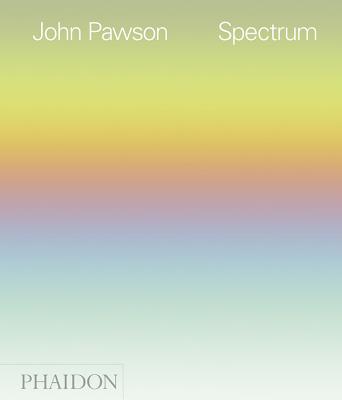
description
0
In this, Robert Frank's newest book, he both acknowledges and moves beyond his acclaimed visual diaries (2010-17), which juxtapose iconic photos from throughout his career with the more personal pictures he makes today and suggestive, often autobiographical text fragments. In Good days quiet Frank's focus is life inside and outside his beloved weather-beaten wooden house in Mabou, where he has spent summers for decades with his wife June Leaf.
Among portraits of Leaf, Allen Ginsberg and Frank's son are images of the house's simple interior with its wood-fueled iron stove, humble furniture and bare light bulbs, and views of the land and sea by the house: snow-covered, windswept, stormy or lit by the dying sun. Frank's Polaroid prints show various deliberate states of deterioration and manipulation at his hands, including texts that move from the merely descriptive ("watching the crows") to the emotive ("memories," "grey sea--old house / can you hear the music"). As always in Frank's books, his message lies primarily in the photos' lyrical sequence, an influential approach to the photobook pioneered by and today well at home in his 94-year-old hands. Robert Frank was born in Zurich in 1924 and immigrated to the United States in 1947. He is best known for his seminal book The Americans, first published in English in 1959, which gave rise to a distinctly new form of the photobook, and his experimental film Pull My Daisy (1959). Frank's other important projects include the books Black White and Things (1954), The Lines of My Hand (1972) and the film Cocksucker Blues for the Rolling Stones (1972). He divides his time between New York City and Nova Scotia, Canada.--Sabrina Mandanici "Collector Daily"member goods
No member items were found under this heading.
listens & views

BEETHOVEN: PNO CTO NO 5 ...
by BEETHOVEN / LUPU / ISRAEL SYM ORCH / MEHTA
COMPACT DISCout of stock
$10.99
Return Policy
All sales are final
Shipping
No special shipping considerations available.
Shipping fees determined at checkout.






